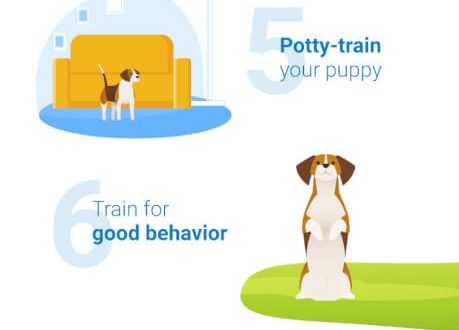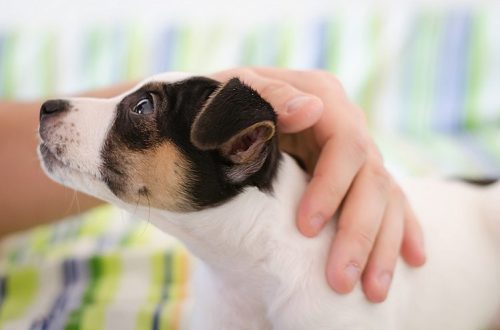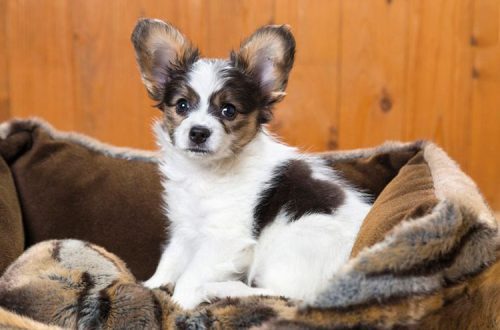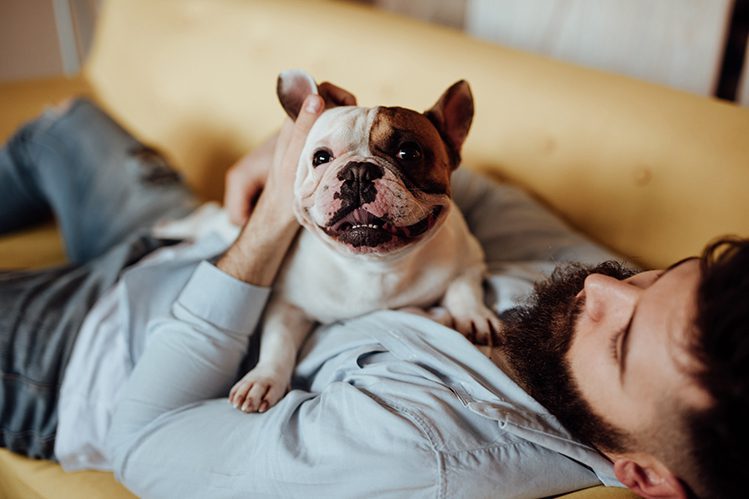
Puppy at 9-12 months: what is he like?
What happens to a puppy from 9 months to a year? What stages of development does it go through? Is it true that in a year a puppy ceases to be a puppy and becomes an adult dog? We will discuss this in our article.
What’s new waiting for the puppy and his owner at 9, 10, 11 and 12 months? Let’s list the key steps.
- Puberty. In some dogs, it begins as early as six months, in others by a year or later. You may notice your pet showing signs of first heat (females) or behavioral changes (females and males). Young pets can become naughty and engage in skirmishes with dogs with whom they just played the ball together yesterday.
- Puppies of small and medium breeds have already reached the height and weight of adult dogs. “Krupnyashi” still continue to grow, but the period of rapid, rapid growth is already over.
- The musculoskeletal system of the dog is already quite strong. You can safely master jumping and agility (if there are no contraindications).
- During this period, the puppy has the highest learning ability. He is ready to repeat, improve and replenish his skills.
With the right approach, puppies are already fully socialized by 10 months. They know “their place in the pack”, they know that the leader is the master. They know how to divide others into “us” and “them”. They know how to behave properly at home, on the street, in public places. Learned the skills to communicate with other people and animals.
- By the year the process of socialization is completely completed. Your pet will learn to adapt to circumstances and choose different lines of behavior, will be able to assess the level of potential danger and react correctly.
- 12 months is the time for a scheduled appointment with a veterinarian. Carry out preventive measures: deworming and vaccination (against rabies, parvovirus enteritis, plague, adenovirus, parainfluenza, leptospirosis. Don’t worry, you won’t need many vaccinations. Vaccination is complex!).

In the year of the puppy, you need to transfer to a new diet. The period of rapid growth is over. The pet already has other needs for energy and useful elements.
Choose dog food from the year that suits your pet according to breed and individual characteristics. It is advisable to choose food not lower than the super premium class. Then you do not have to worry about their composition, and the dog is unlikely to develop food intolerance.
You can safely stop only on dry food or combine dry and wet food of the same brand in one diet: this food option for a dog is even more useful!
If you have chosen a natural type of feeding (self-cooked food), strictly adhere to the diet and do not use industrial feeds. The fact is that the composition of industrial feed is balanced. They already have everything a dog needs. If you mix such food with products from the refrigerator, an imbalance of vitamins and minerals will occur in the dog’s body.
If you prepare food for your dog on your own, be sure to give it a vitamin and mineral complex. The choice must be agreed with the veterinarian.
The first year of life is the fastest. Your puppy goes through the main stages of development and socialization. With proper maintenance, by the year your pet is already strong and strong.
However, if dogs of small and medium breeds after a year are already really considered “adults”, then large and giant ones continue to catch up with them. Even if your pet is already heavier than you, he is still a “baby”.
Just imagine: dogs of large and giant breeds are considered puppies up to one and a half, or even two years!
Of course, this does not mean that a puppy under 2 years old can go to the toilet on a diaper and he needs to get all the pranks off his paws. No, basic behavior and communication skills must be learned. But with such events as the first mating and childbirth, it is better to wait.
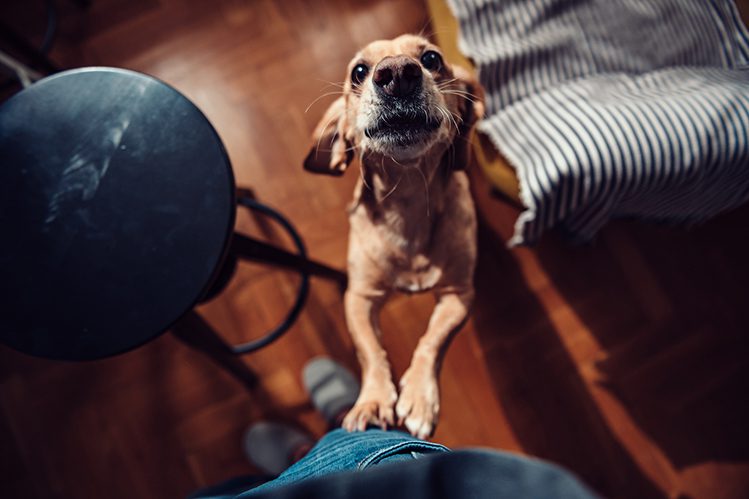
The main thing is to remain a loving and understanding parent.
- If possible, provide the puppy with the most interesting leisure time. Try to make sure that the baby does not spend a lot of time alone. If you leave, leave the puppy with as many interesting, varied puzzle toys as possible so that he does not get bored. If you have to be away often, consider having a second dog or a dog seater. Normally, a dog should not be alone all day. It won’t do her any good.
- During walks, engage in communication with your pet. Try to put aside thoughts about business for a while and put your gadgets on silent mode. Visit different places, learn new things together, communicate with other people and dogs, make friends for joint walks. The more communication in a puppy’s life, the better.
- Watch your pet carefully. Assess the level of socialization, learning ability, obedience. You can safely complicate the learned skills. But at the same time, it is important to be consistent and not make demands on the dog that are unbearable for her age, temperament and other individual characteristics.
If you have questions and doubts, feel free to discuss them with the cynologist and animal psychologist. Seeking help from specialists is not a weakness, but an absolutely correct position for a responsible, loving dog breeder.
A lot of interesting things are ahead! We wish you and your pet to enjoy each other’s company as often as possible!



